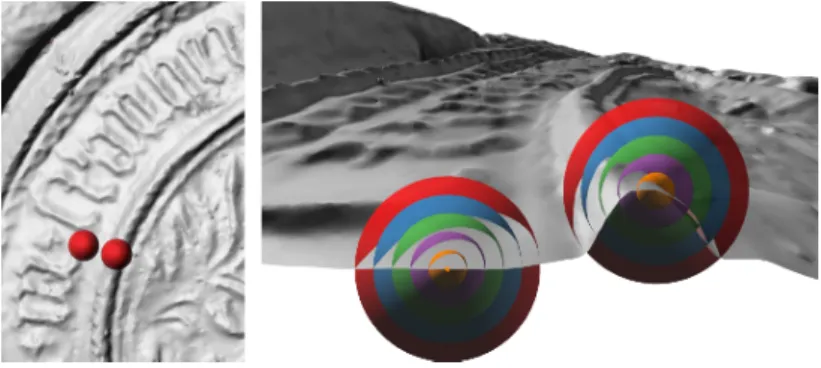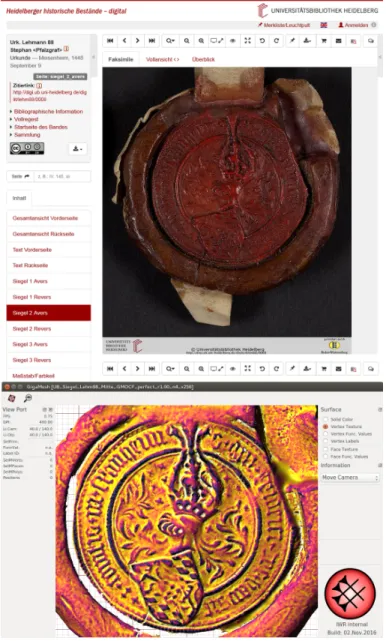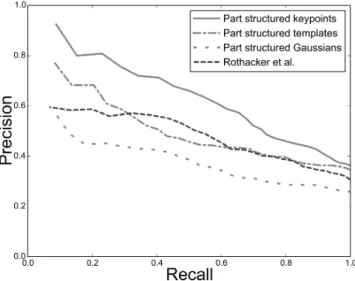Schriften des Instituts für Dokumentologie und Editorik — Band 11
Kodikologie und Paläographie im digitalen Zeitalter 4
Codicology and Palaeography in the Digital Age 4
herausgegeben von | edited by
Hannah Busch, Franz Fischer, Patrick Sahle
unter Mitarbeit von | in collaboration with
Bernhard Assmann, Philipp Hegel, Celia Krause
2017
BoD, Norderstedt
Deutschen Nationalbibliografie; detaillierte bibliografische Daten sind im Internet über http://dnb.d-nb.de/ abrufbar.
Digitale Parallelfassung der gedruckten Publikation zur Archivierung im Kölner Universitäts-Publikations-Server (KUPS). Stand 4. September 2017.
Diese Publikation wurde im Rahmen des Projektes eCodicology (Förderkennzeichen 01UG1350A-C) mit Mitteln des Bundesministeriums für Bildung und Forschung (BMBF) gefördert.
Publication realised within the project eCodicology (funding code 01UG1350A-C) with financial resources of the German Federal Ministry of Research and Education (BMBF).
2017
Herstellung und Verlag: Books on Demand GmbH, Norderstedt ISBN: 978-3-7448-3877-1
Einbandgestaltung: Julia Sorouri, basierend auf Vorarbeiten von Johanna Puhl und Katharina Weber; Coverbild nach einer Vorlage von Swati Chandna.
Satz: LuaTEX und Bernhard Assmann
Kodikologie und Paläographie im Digitalen Zeitalter 4 – Codicology and Palaeography in the Digital Age 4.Hrsg. Hannah Busch, Franz Fischer und Patrick Sahle, unter Mitarbeit von Bernhard Assmann, Philipp Hegel und Celia Krause. Schriften des Instituts für Dokumentologie und Editorik 11. Norderstedt: Books on Demand, 2017. 137–149.




